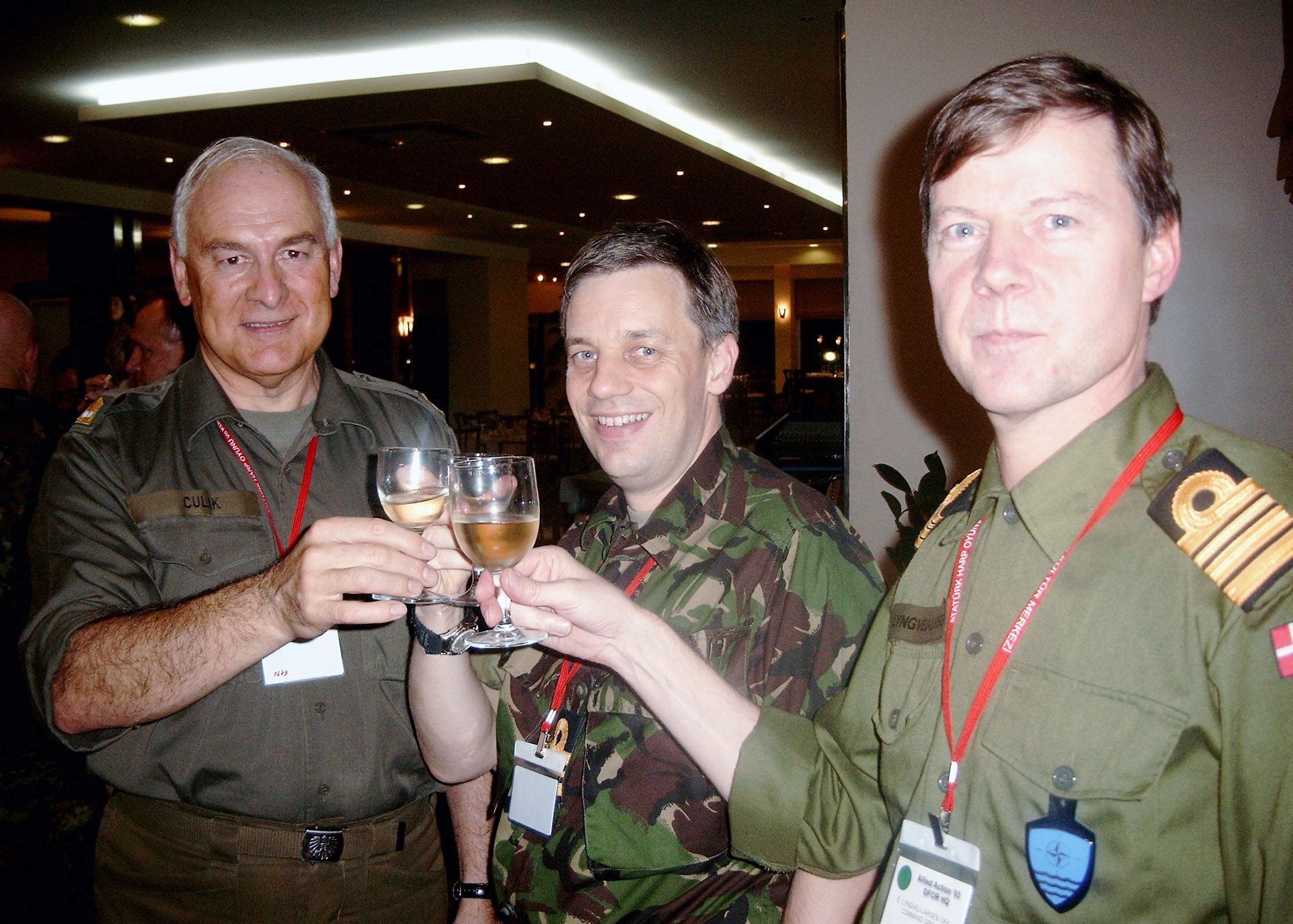


Comparative studies of experts and novices have highlighted important differences in these thinking processes. It combines cognitive strategies such as analysis and problem solving with situated reasoning about patient needs in their broader clinical context. It involves gathering and analyzing information (diagnostic reasoning) as well as deciding on therapeutic actions specific to a patient’s circumstances and wishes (therapeutic reasoning). We suggest that the making thinking visible approach has potential to assist educators to become more reflective about their clinical reasoning teaching and acts as a scaffold to assist them to articulate their own expert reasoning and for students to access and use.Ĭlinical reasoning is fundamental to all forms of healthcare practice, but it is difficult to teach because it is complex, situation specific, built up through experience and frequently based on tacit, automatic processes of pattern recognition. The first was a specific focus by participating educators on students’ understanding of the reasoning process and the second was heightened awareness of personal teaching styles and approaches to teaching clinical reasoning. Two overriding themes emerged from participants’ reports about using the ‘making thinking visible approach’. Content analysis was used to summarise this data and categorise themes about teaching and learning clinical reasoning. Data included participants’ written descriptions of the thinking routines they developed and trialed with their students and the transcribed action research discussion sessions. Twenty-one experienced allied health clinical educators from three tertiary Australian hospitals attended up to seven action research discussion sessions, where they developed a tentative heuristic of their own clinical reasoning, trialled it with students, evaluated if it helped their students to reason clinically, and then refined it so the heuristic was targeted to developing each student’s reasoning skills. In this paper we present an approach for teaching clinical reasoning based on making expert thinking visible and accessible to students.
#ALLIED ACTIO PROFESSIONAL#
Clinical reasoning is fundamental to all forms of professional health practice, however it is also difficult to teach and learn because it is complex, tacit, and effectively invisible for students.


 0 kommentar(er)
0 kommentar(er)
